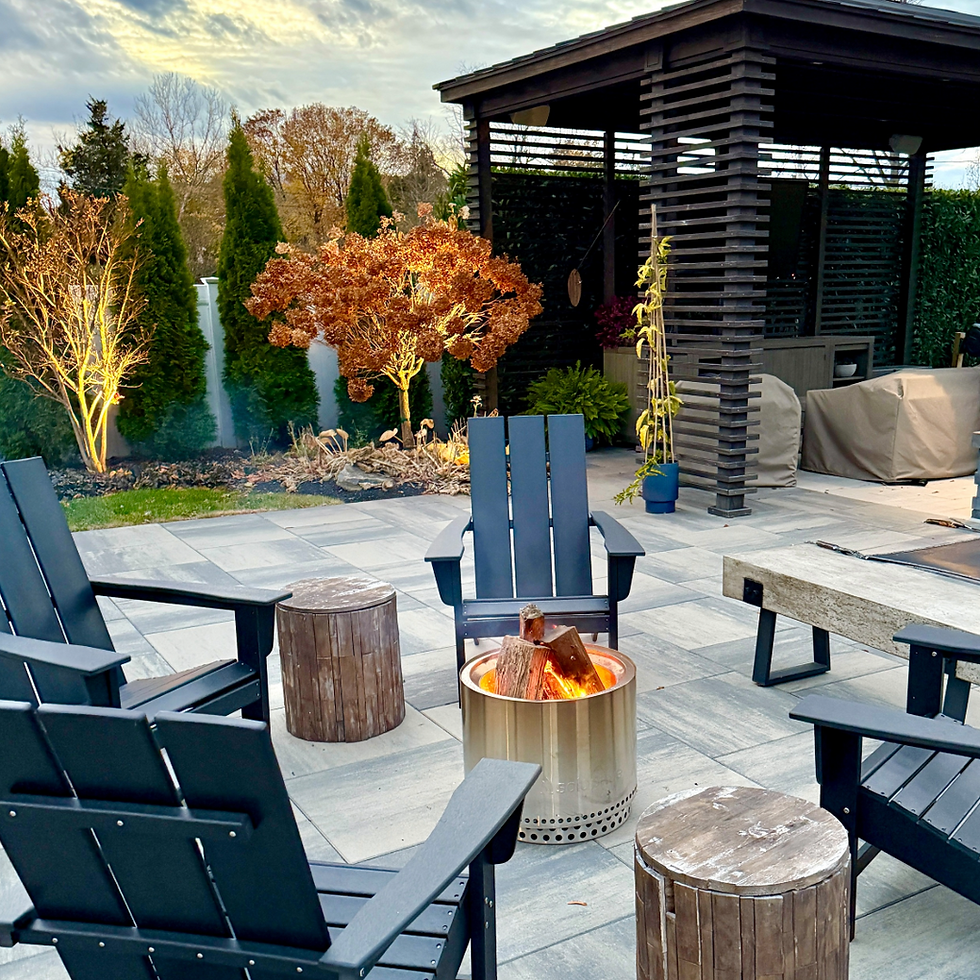How to Care for Indoor Plants during Winter
- Rebekah

- Jan 21, 2020
- 4 min read
Updated: Jan 21, 2020
All plants, whether indoor or outdoor, need periods of growth and rest. This is an ongoing cycle we see in many aspects of nature. During winter, most indoor plants rest much like outdoor plants do. Today we will touch on specific ways to care for your indoor plants during winter.

(shown above: Alocasia)
In most cases, you water your plants a little less often in winter. Because they are not growing, they consume less water and need less hydration. A good rule of thumb to check to see if your plant has enough water is to put your finger about an inch into the soil. If it is dry, give the plant some water, but if it is moist, hold off a few days. In winter, the soil will not be drying out as quickly as it does during warmer months. Using room temperature water year-round is a good tip, but is especially helpful in winter; your plants are resting and don't want to be shocked by ice cold water. Be careful not to over-water: most indoor plants never like their roots to be standing in water, and will be highly susceptible to root rot if left in standing water. When selecting a pot for your indoor plant, it is always best to select a pot with good drainage holes.
Don't expect to see growth on your indoor plants during winter. I usually just leave mine alone, except for watering, during winter. I now have a good variety of houseplants that I did not have years ago (read this post from years back when I was just venturing in to indoor plants), including succulents and cacti, a maidenhair fern, two fiddle-leaf figs, three mother-in-law tongues, philodendrons, a dragon tree, and a dumb cane plant. I am continuing to branch out (haha- pun intended) and try new indoor plants! They are a lot of fun to grow and I love how they add such coziness and warmth to my home, especially during winter. My dining room gets wonderful, bright, indirect light during the day. Many of my sun-loving plants enjoy a sunny spot there. Mother-in-law tongue and dumb cane plants, for example, can withstand less sunlight just fine, so they usually are kept in a north or east-facing room of my house, where they do just fine during the winter. If your plants are getting sunlight on only one of their sides from one window, you may need to rotate your plant every 2-3 weeks. I try to always do this with mine year-round, because it encourages symmetry on all sides of the plant.
In late spring, once the threat of frost is gone, you can begin to transition many of your indoor plants outside. A patio or porch that receives some shade is typically ideal for houseplants during the warmer months. Many houseplants will enjoy indirect sunlight outdoors. You are likely to see much growth on them as they bask in the warmth of the spring and summer months, but be careful not to keep them in direct sunlight all day outside. Most indoor plants will scorch in those conditions. I have a shady spot on my back deck where my houseplants go during the warm months. They always grow so well for me outside there and they seem to get more vibrant after a few months of being outside. I then slowly transition them back indoors a few weeks before the threat of returning frost comes in fall (usually around mid- September).

(shown above: Bromeliad)
In winter, you do not need to fertilize most indoor plants. Remember, they are resting and do not need or want the fertilizer. You can begin to feed them again in early spring, as they will begin to come out of their rest period. Wait to re-pot them until spring also, if they need re-potting.
Your plants may need more humidity in winter. You can achieve this by spraying their leaves with water once every couple weeks. Also, and I haven't tried this, but have heard of many plant owners moving their indoor plants to their bathrooms during winter, where there is humidity from showers. You will still want to watch sunlight levels if you decide or have room to do this. While you're spraying the leaves of your plants to boost the humidity around them, you can also use winter as a time to clean their leaves. Using a slightly damp, soft cloth works well. We do not recommend using a commercial leaf spray that also adds shine to the leaves. Water will work just fine to clean them of dust from being indoors. And while you're cleaning your plants' leaves, keep an eye out for any signs of pests. If you do see pests, give us a call. We are happy to suggest tips or recommend fungicides to get rid of any problem insects.
Caring for indoor plants during winter is not difficult. We are here to help! They add so much to homes during the winter months, especially, when it is so chilly and stark outside! We currently have a good selection of succulents and cacti at the Garden Center. We will begin to offer more tropical indoor plants again over the next couple of months. Please reach out to us with any questions you have! We look forward to seeing you soon.



